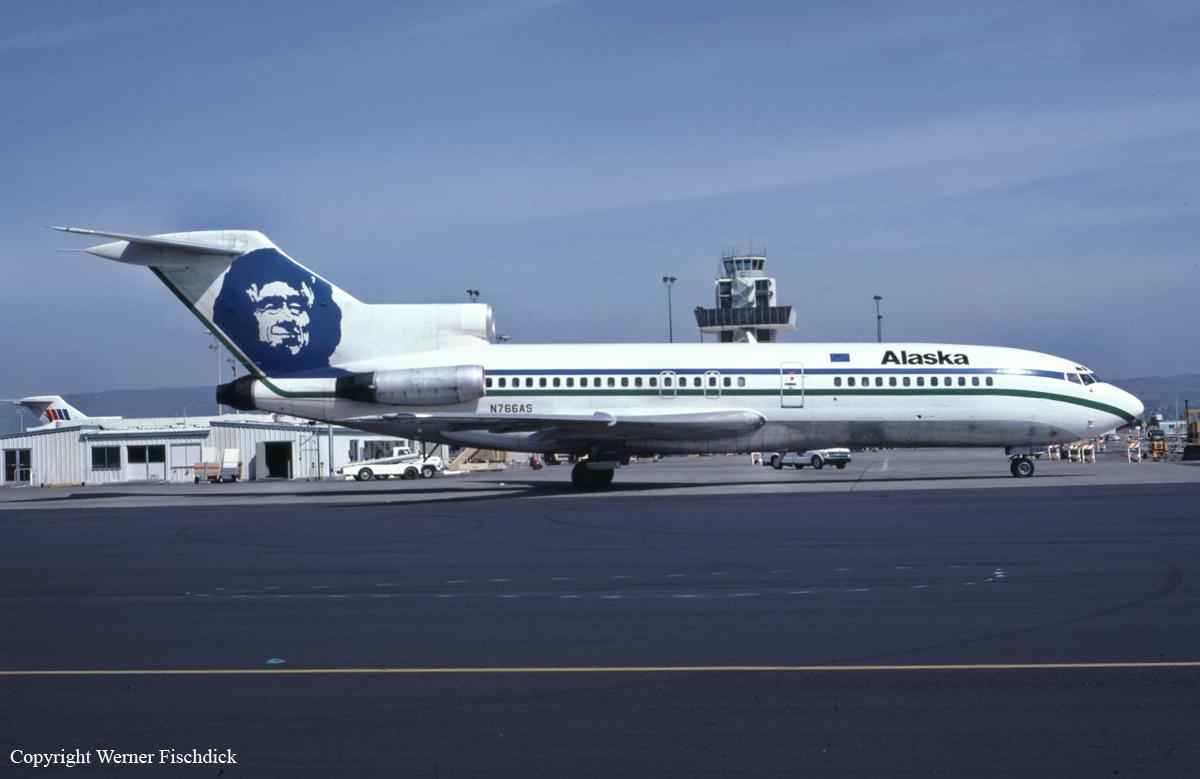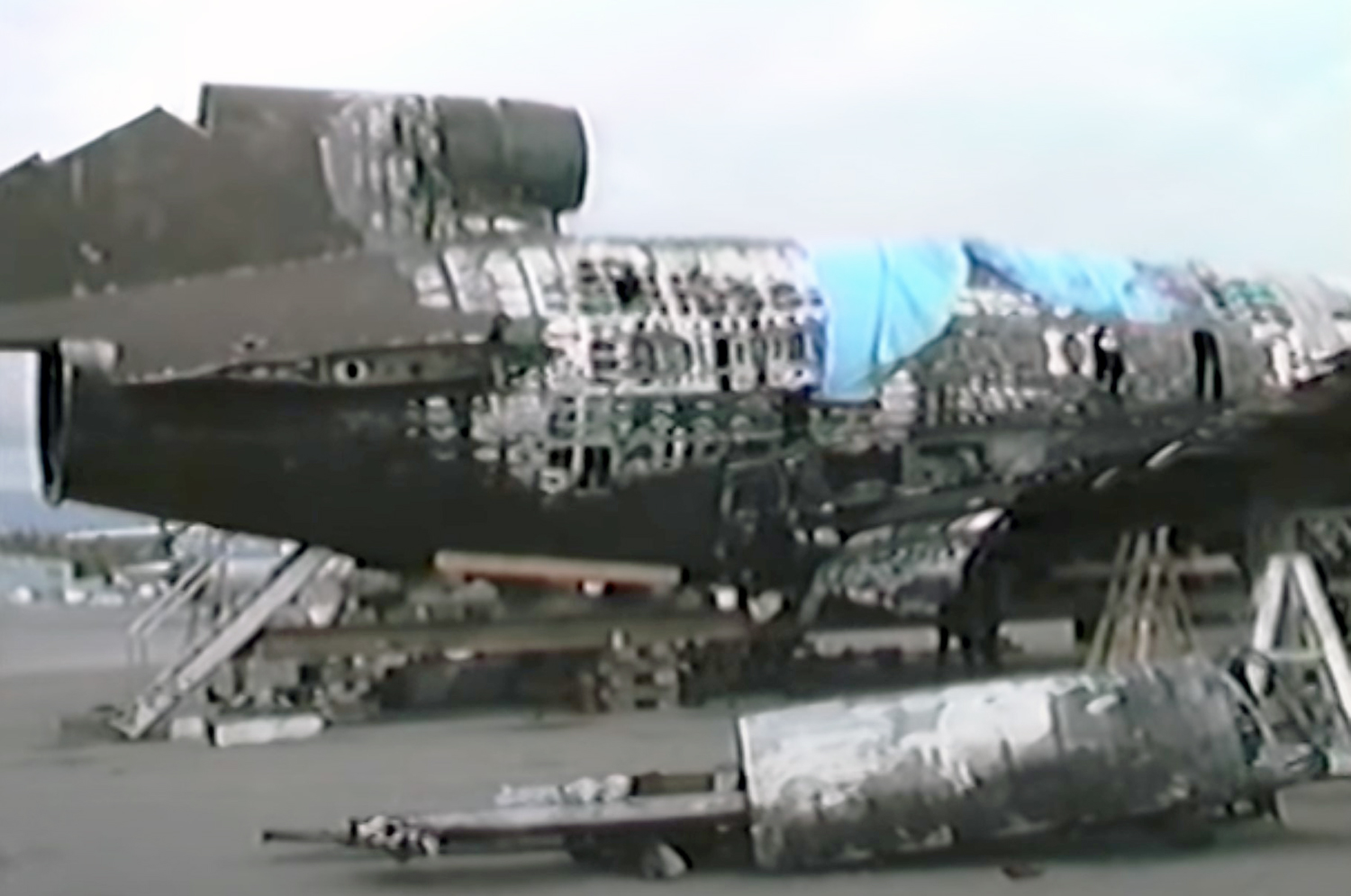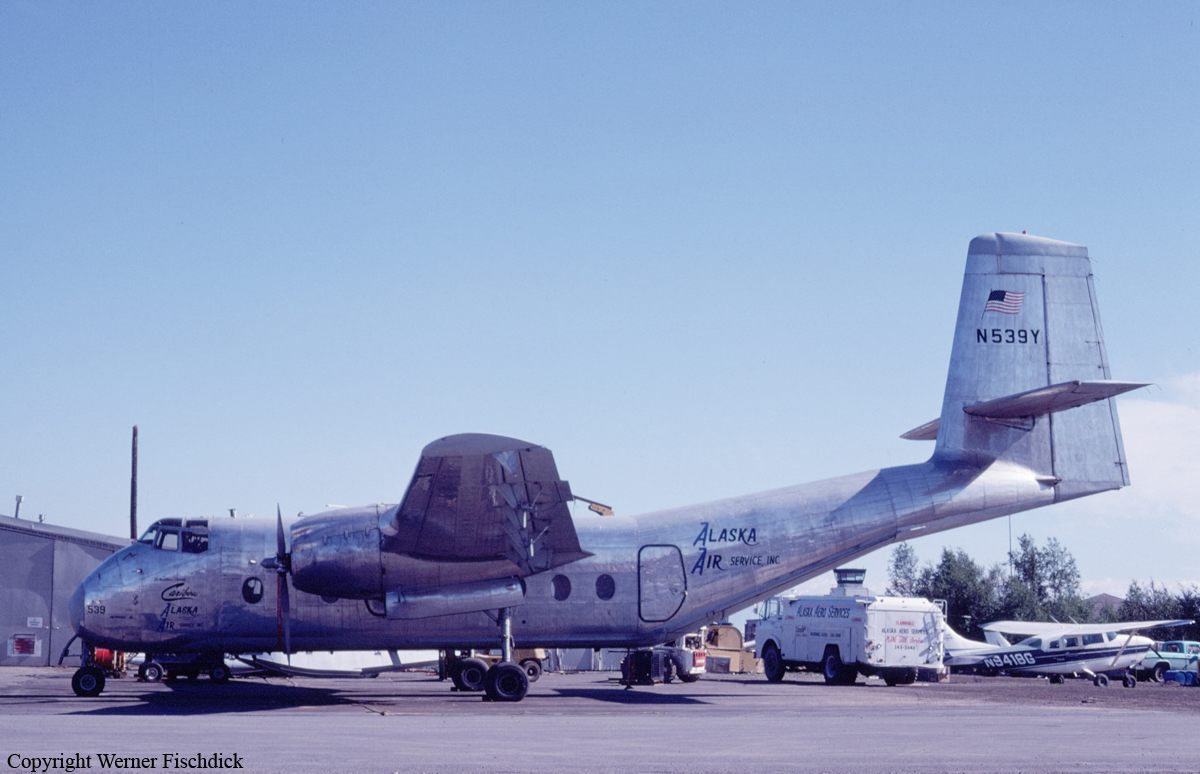Ground accident of a Boeing 727-90C in Anchorage
Date & Time:
Jun 9, 1987 at 0855 LT
Registration:
N766AS
Survivors:
Yes
MSN:
19728
YOM:
1968
Crew on board:
2
Crew fatalities:
Pax on board:
0
Pax fatalities:
Other fatalities:
Total fatalities:
0
Aircraft flight hours:
49937
Circumstances:
The mechanic in charge of taxiing the Boeing 727 allowed an unauthorized avionics technician to occupy the pilot seat. They inadvertently deactivated the brake pressurization system and struck a passenger jetway at the terminal gate. An ensuing fire destroyed the airplane and a company ground vehicle and extensively damaged the jetway. The terminal gate was also damaged. A total of 11 persons were injured.
Probable cause:
Occurrence #1: on ground/water collision with object
Phase of operation: taxi
Findings
1. Object - airport facility
2. (c) brakes (normal) - inadvertent deactivation - company maintenance personnel
3. (f) planning/decision - inadequate - company maintenance personnel
4. (c) checklist - not used - company maintenance personnel
----------
Occurrence #2: fire
Phase of operation: other
Phase of operation: taxi
Findings
1. Object - airport facility
2. (c) brakes (normal) - inadvertent deactivation - company maintenance personnel
3. (f) planning/decision - inadequate - company maintenance personnel
4. (c) checklist - not used - company maintenance personnel
----------
Occurrence #2: fire
Phase of operation: other
Final Report:











